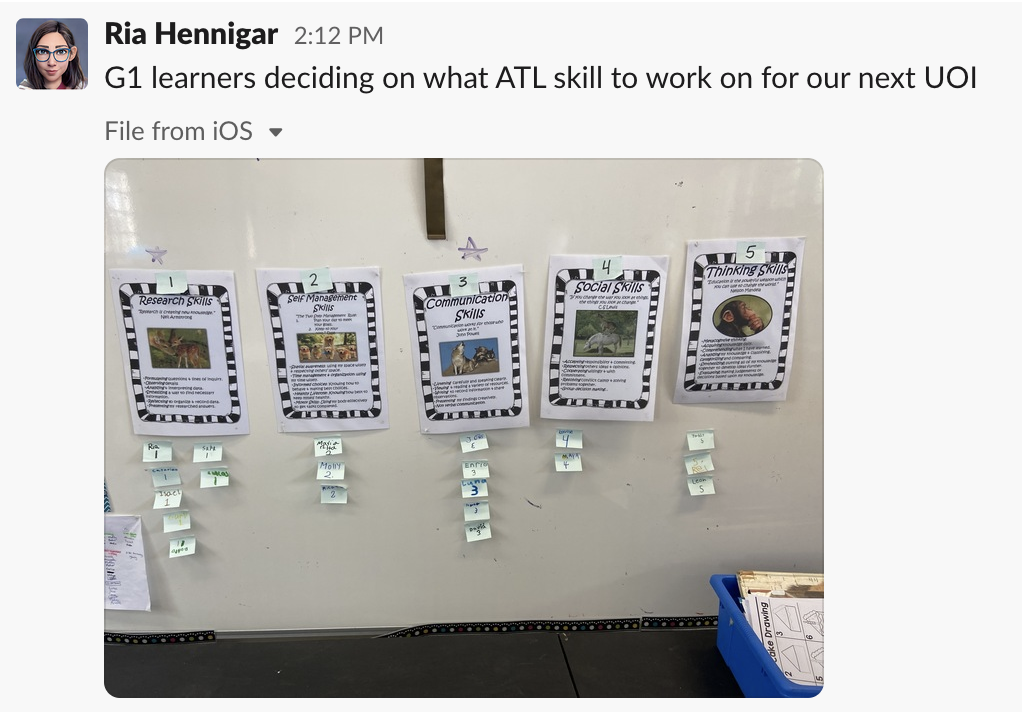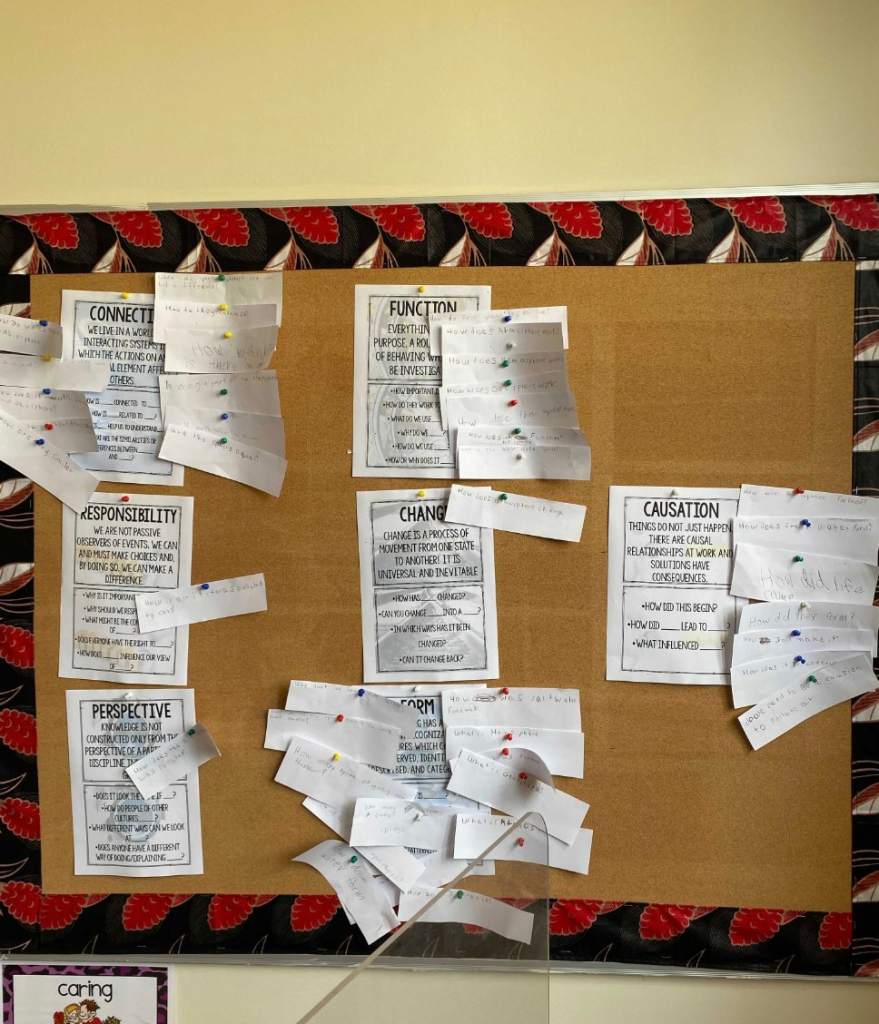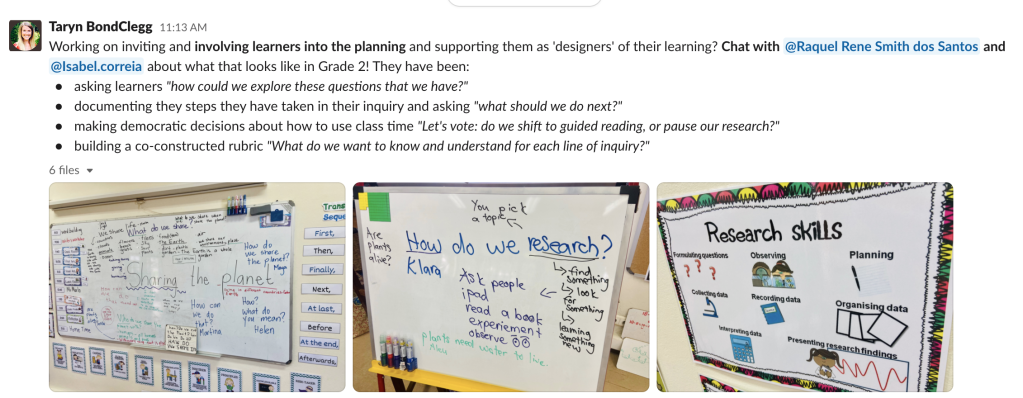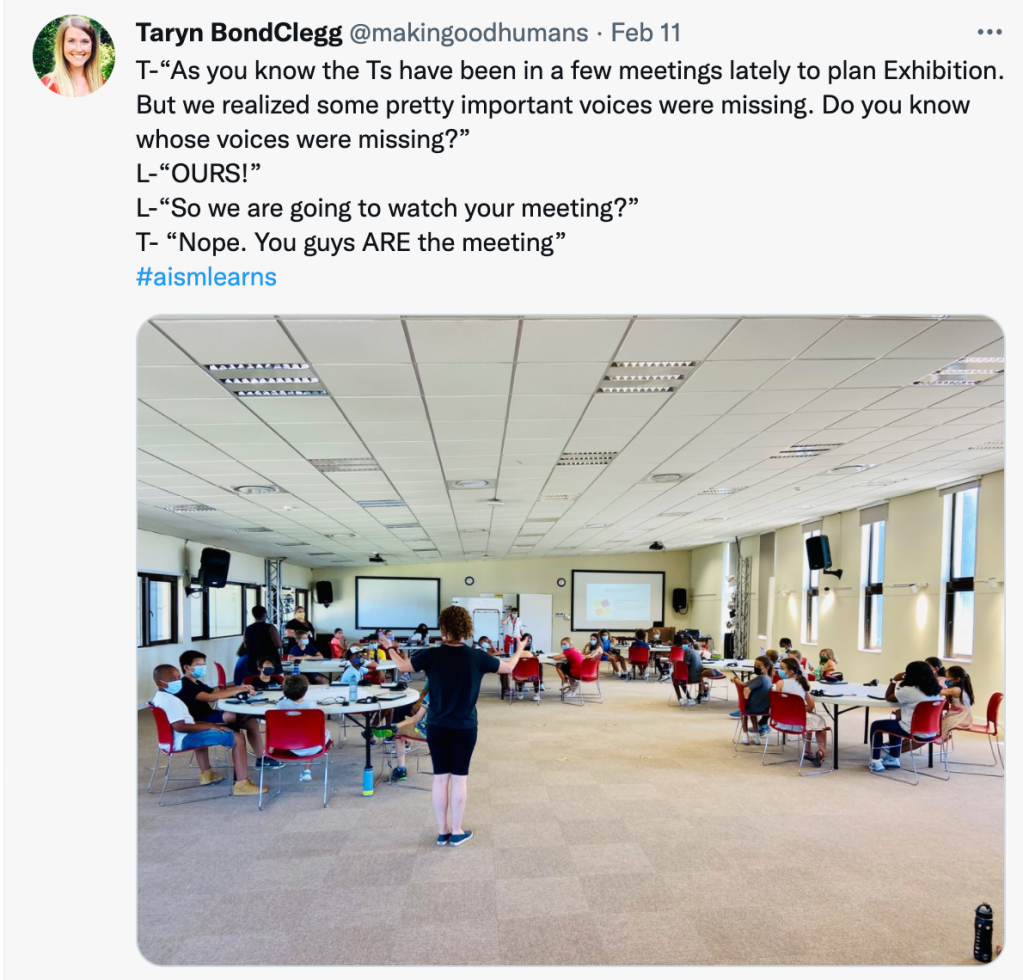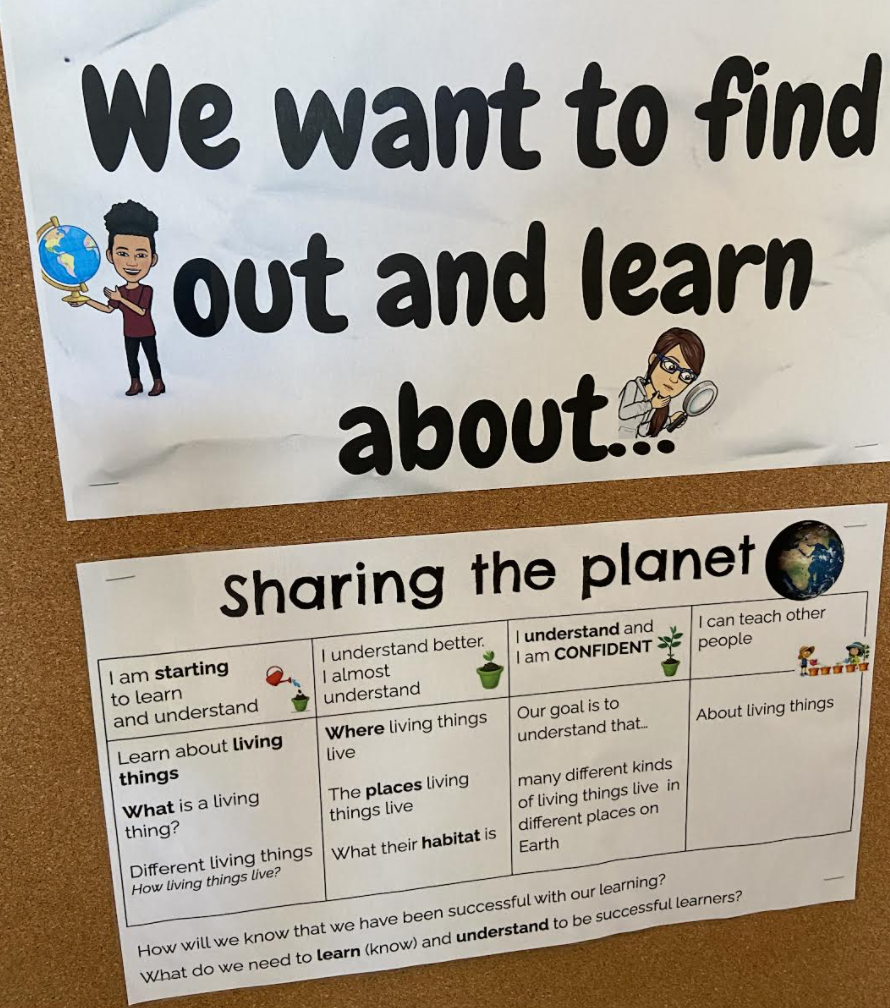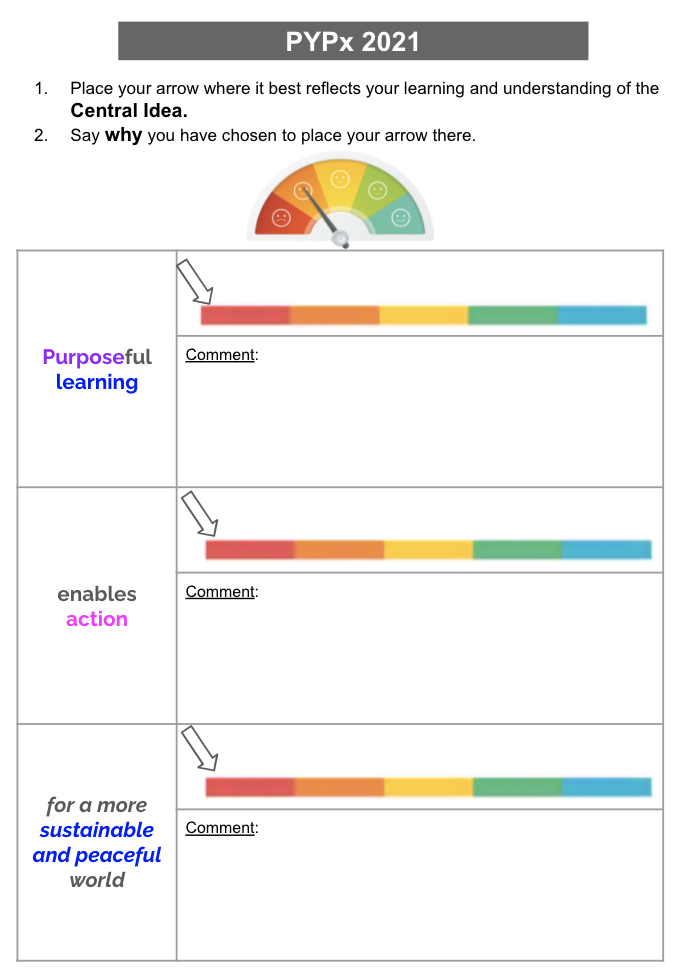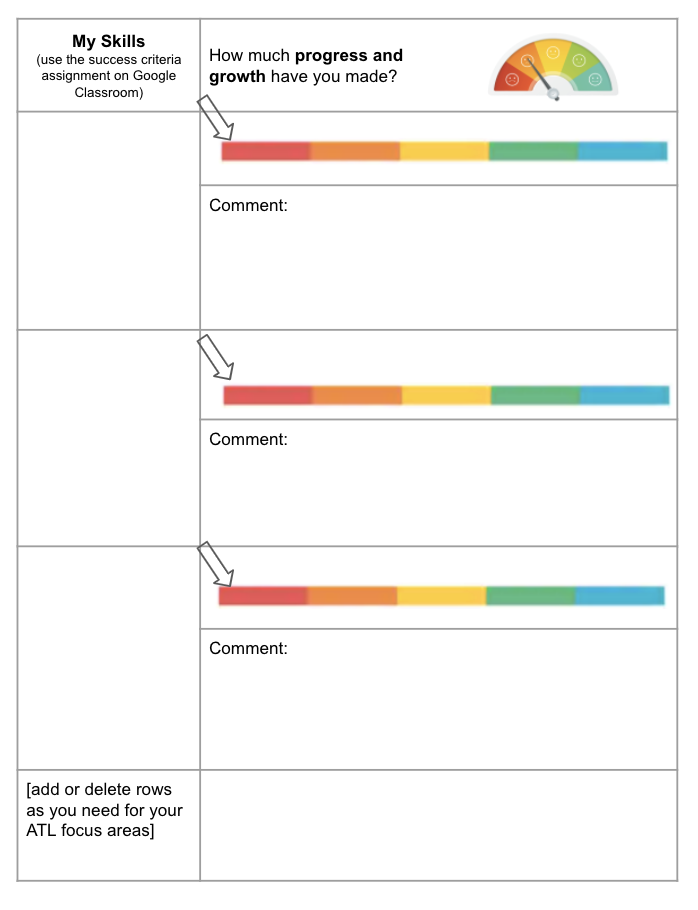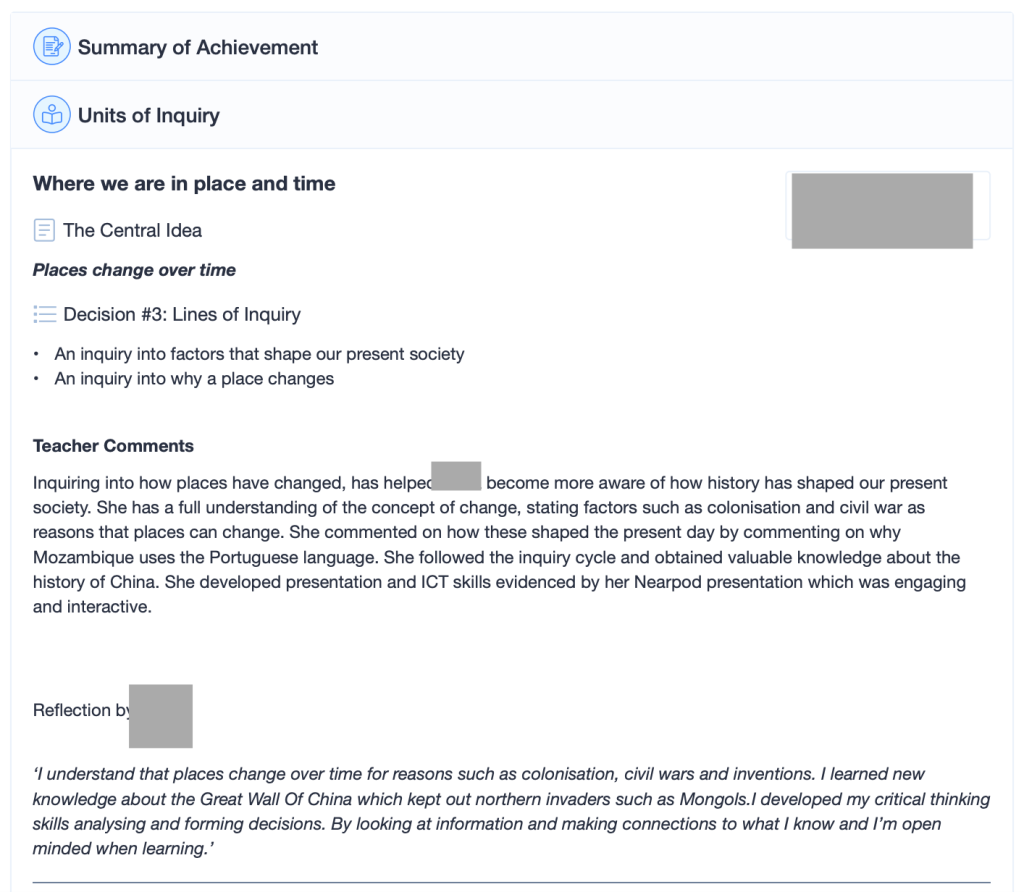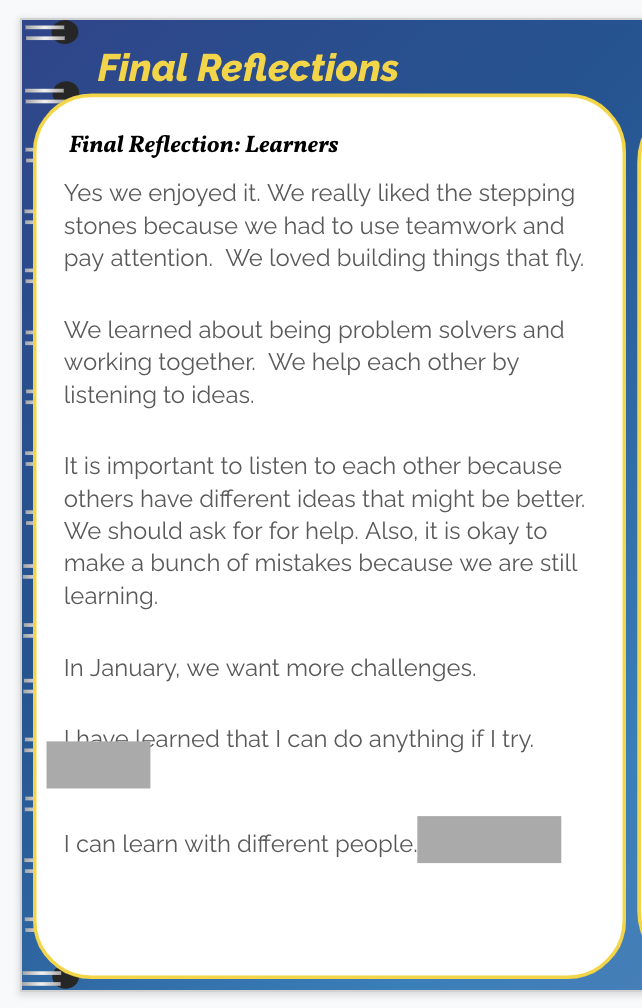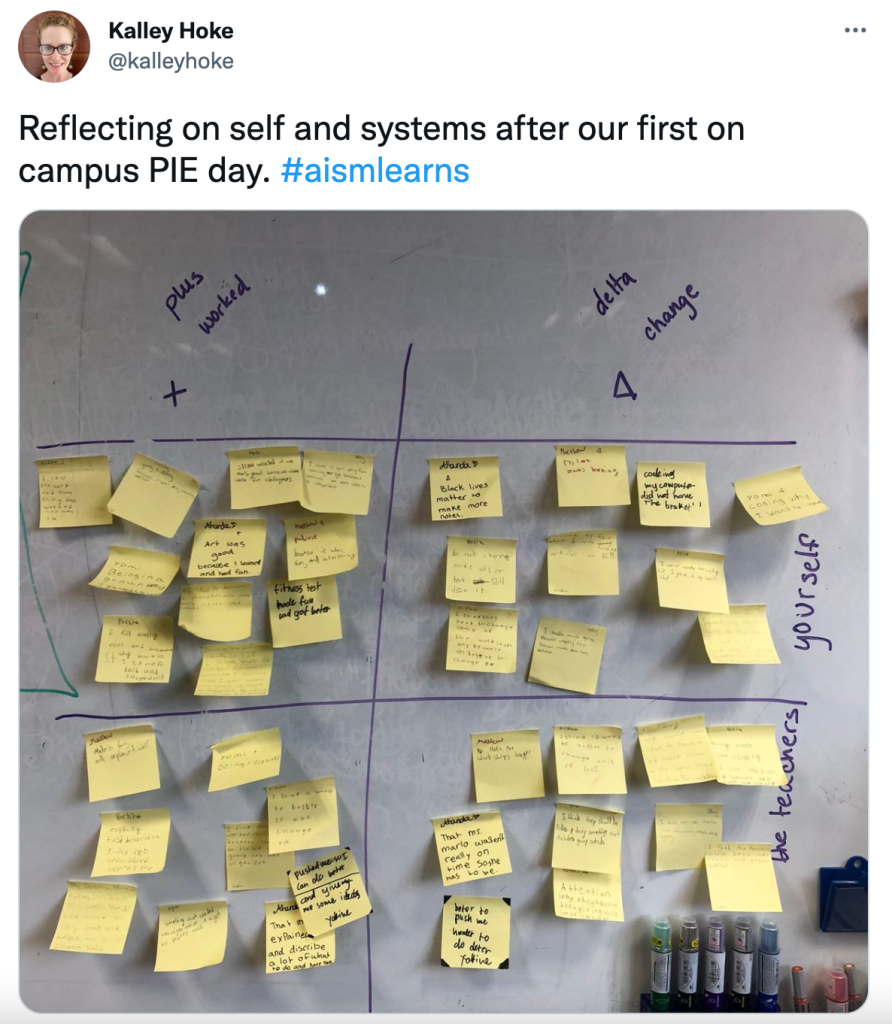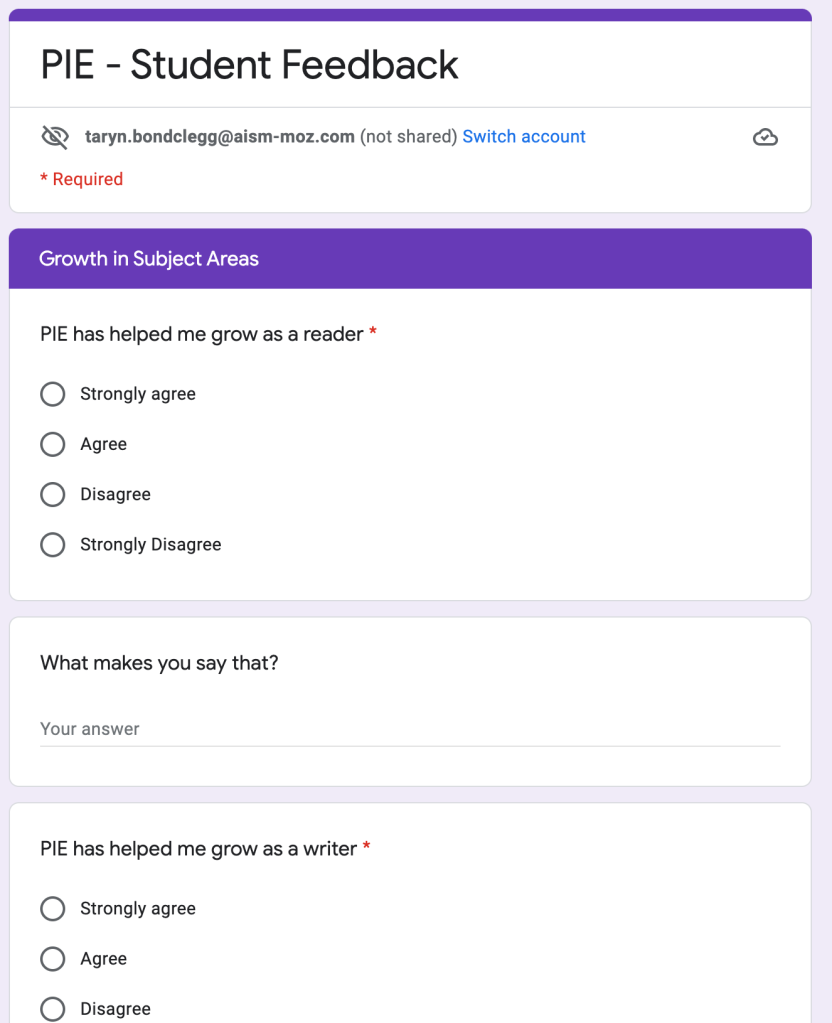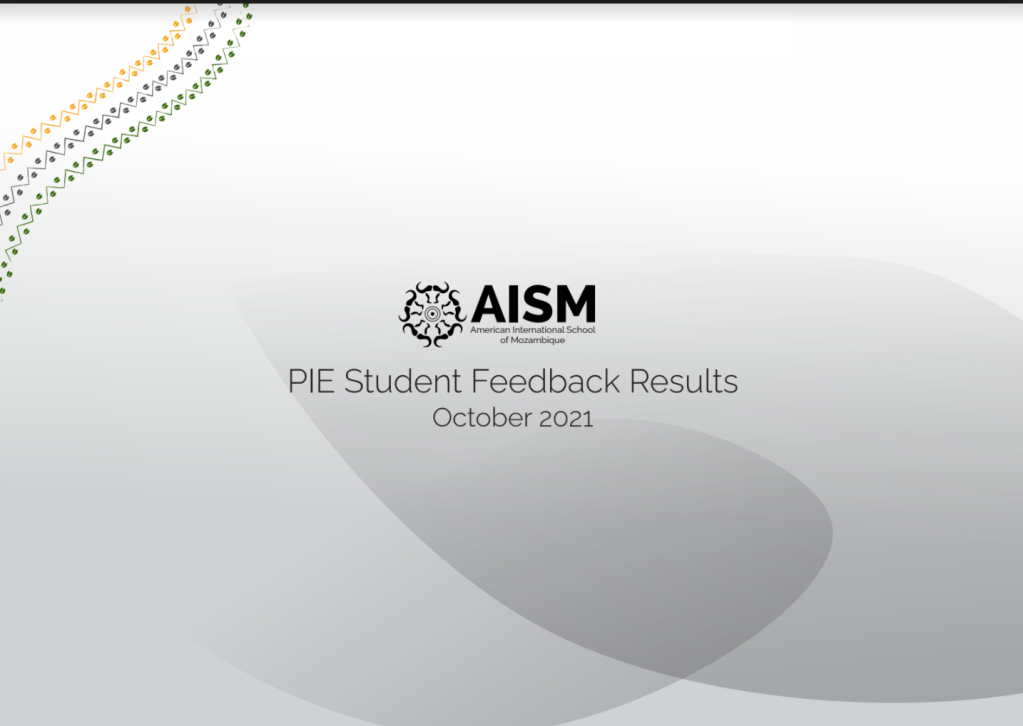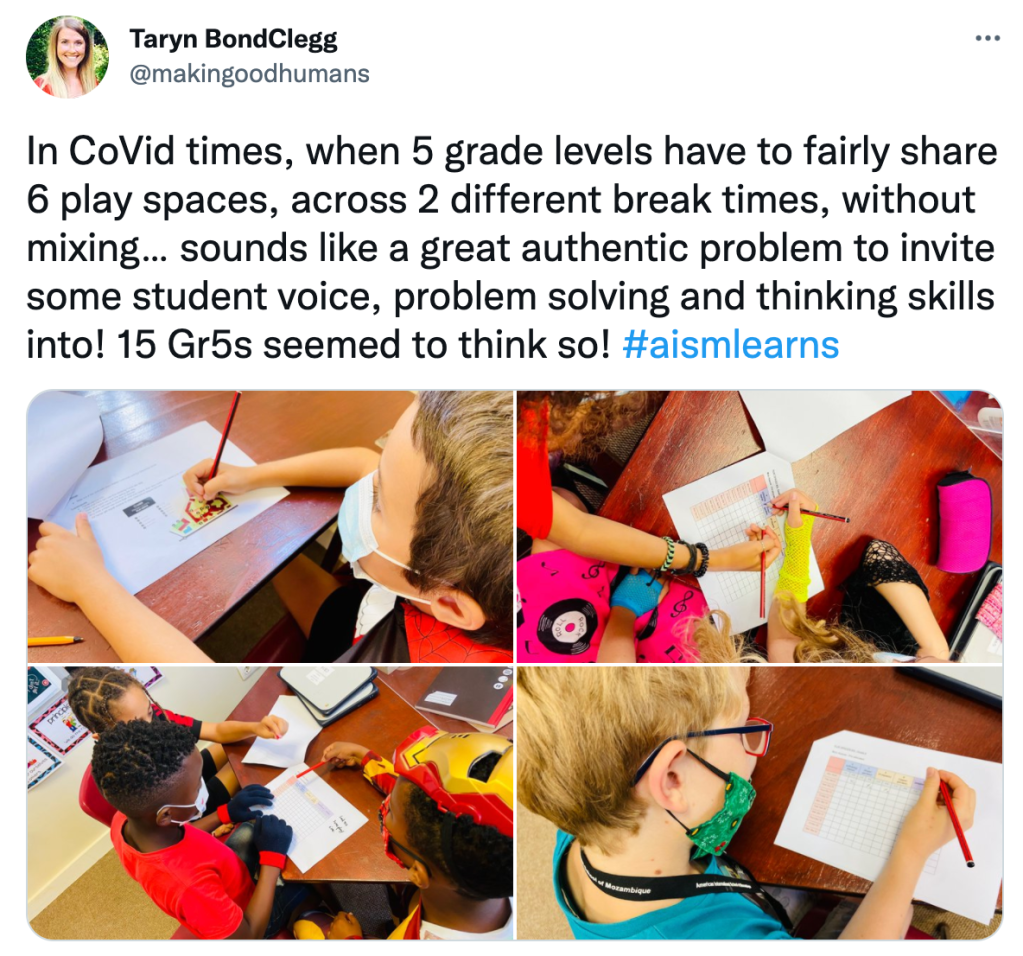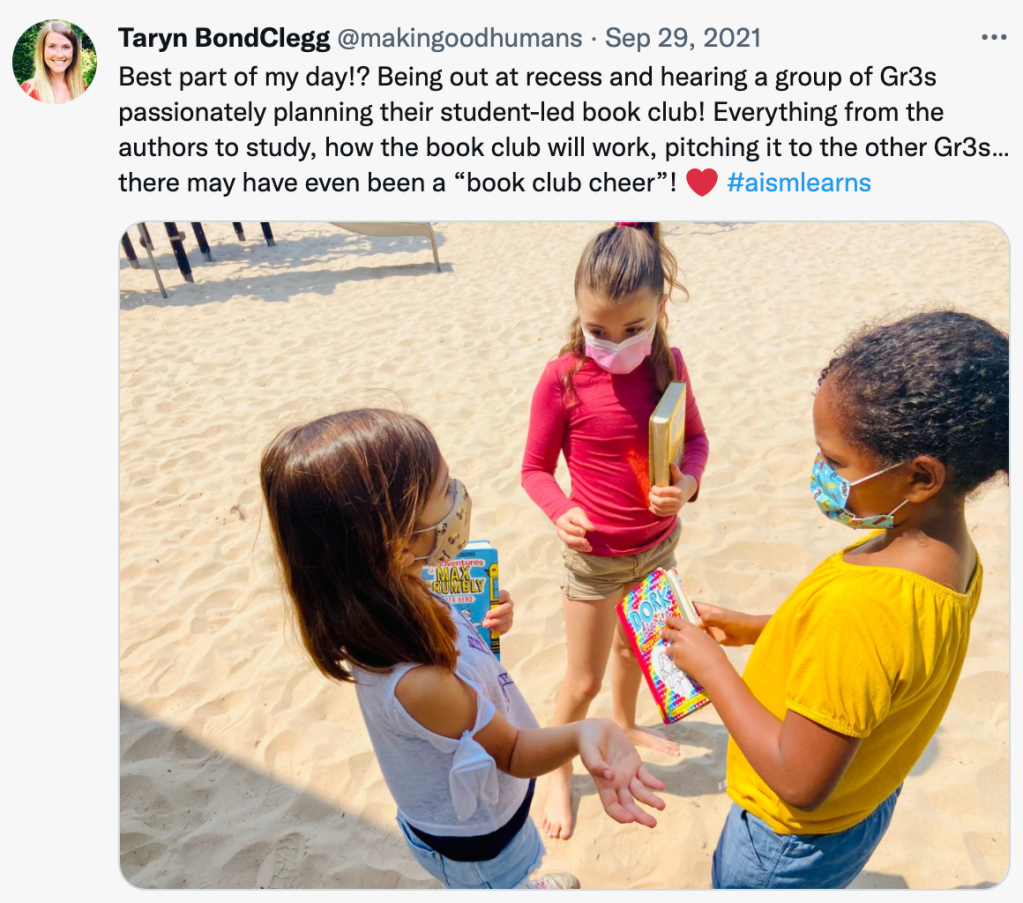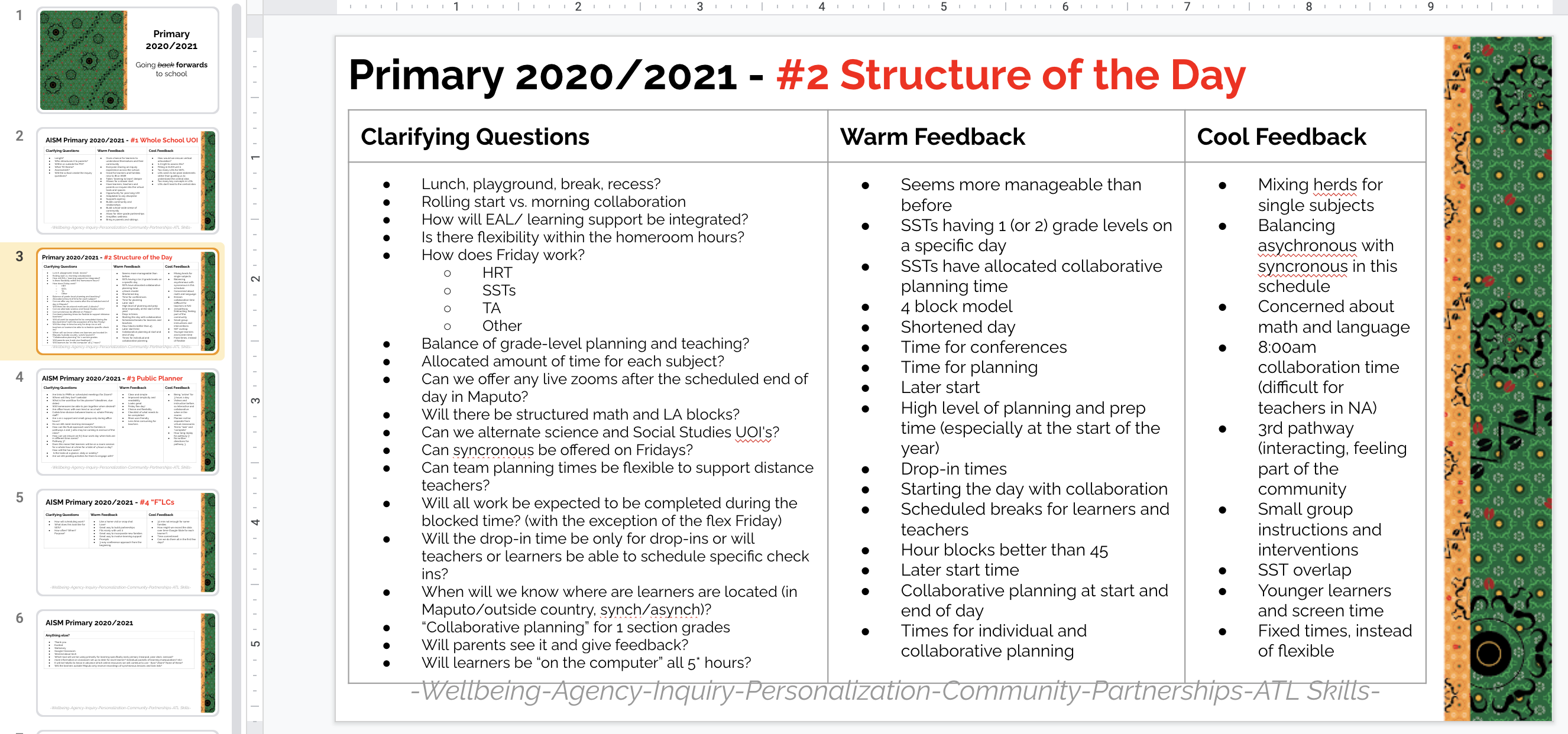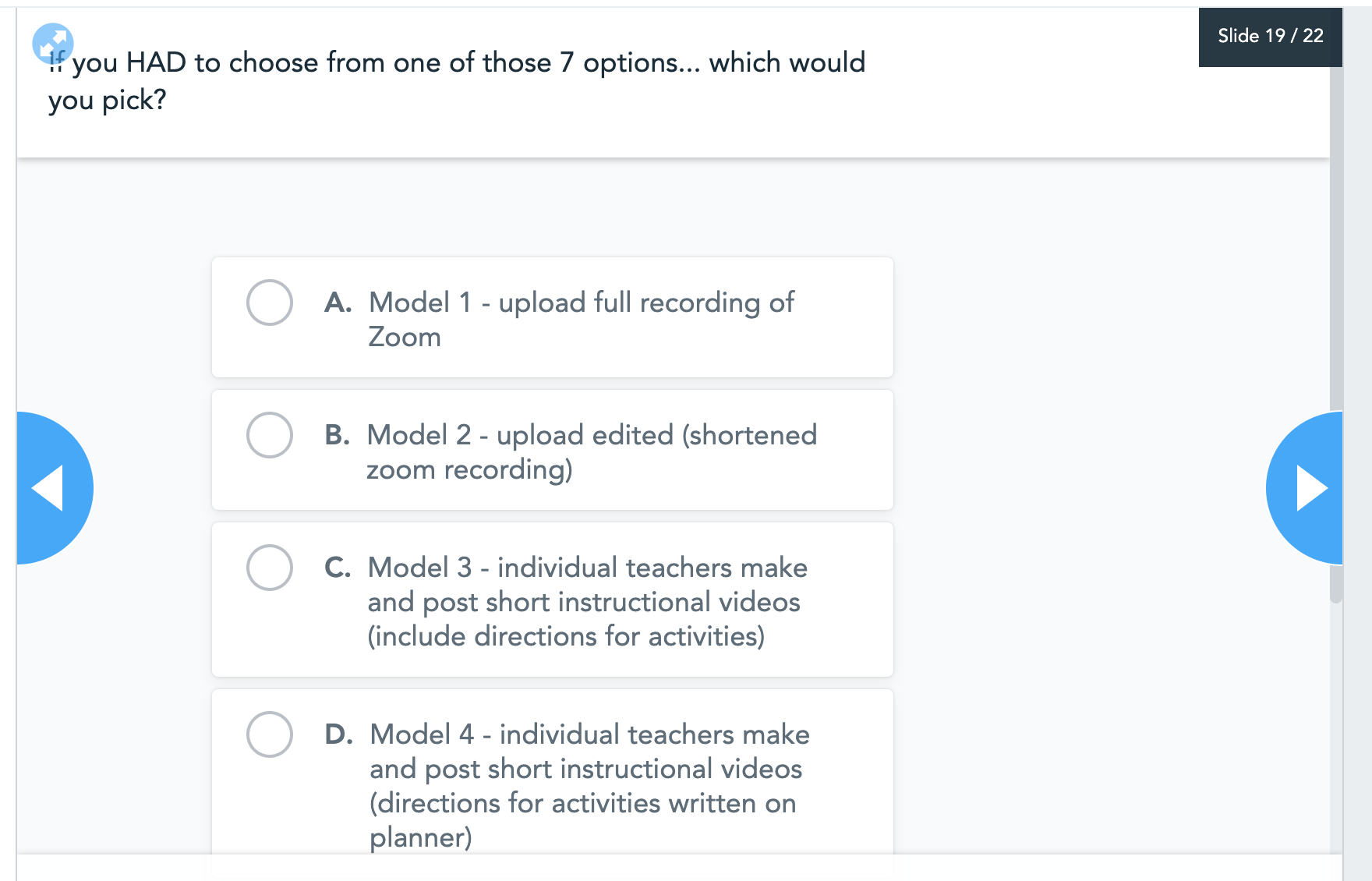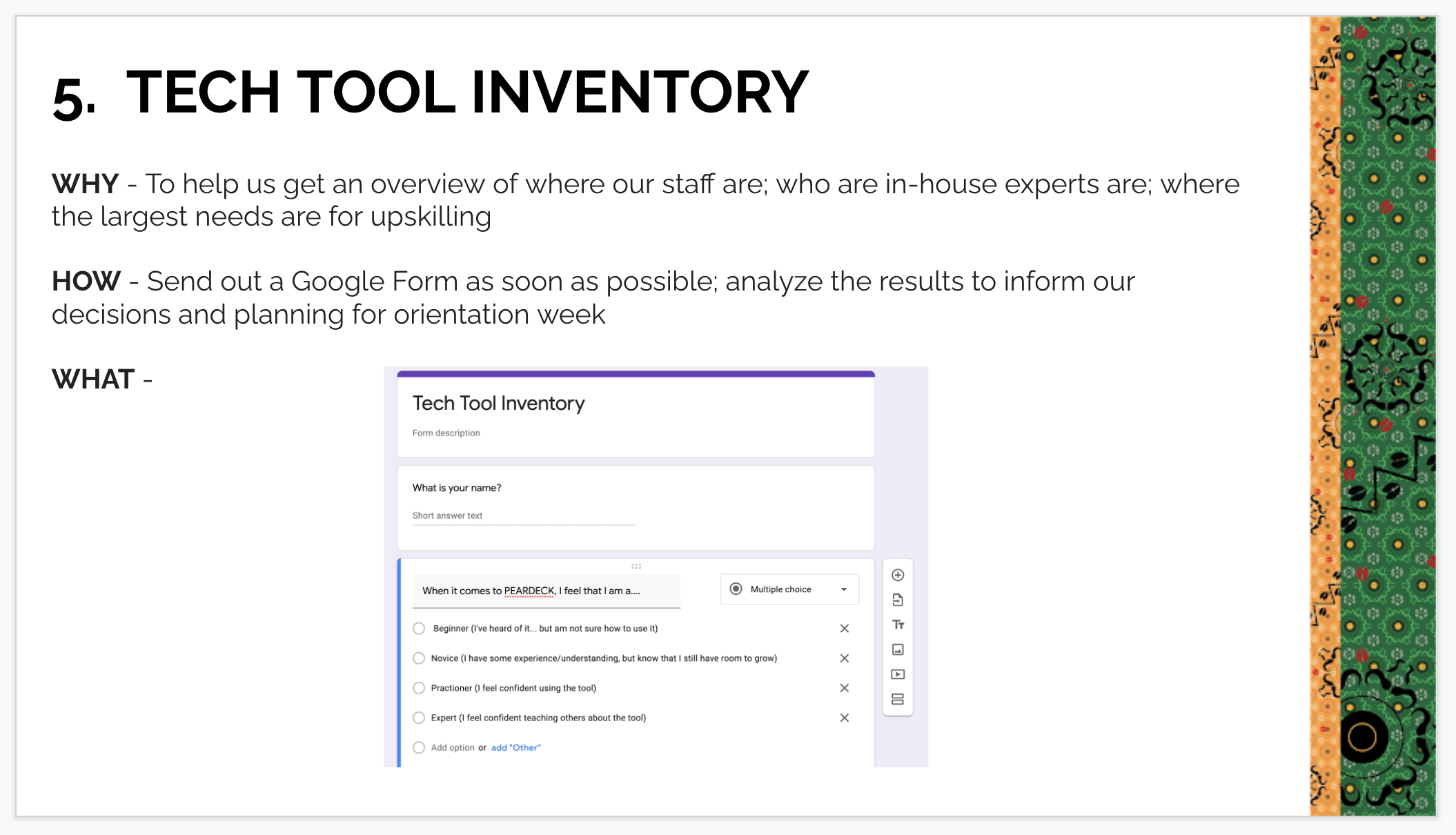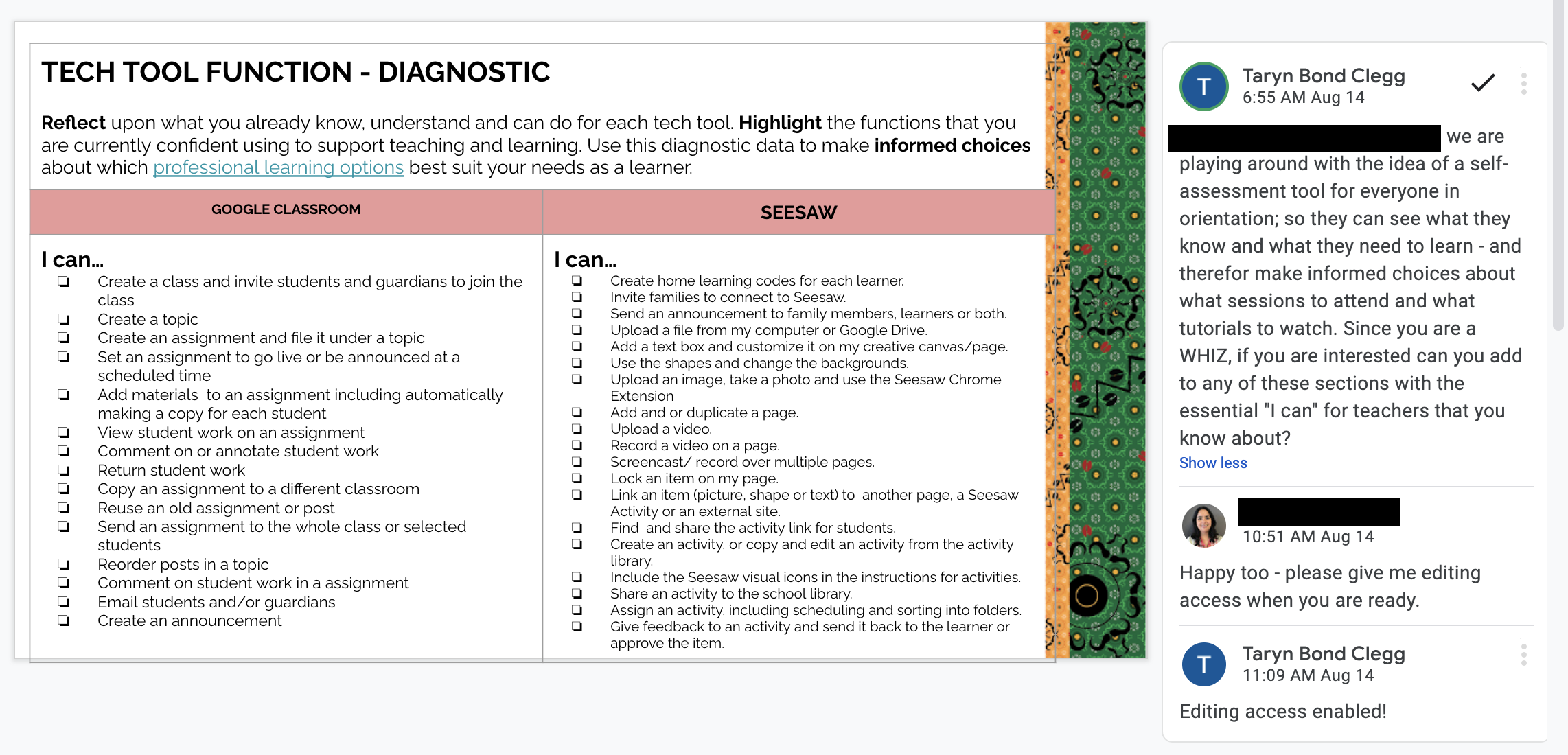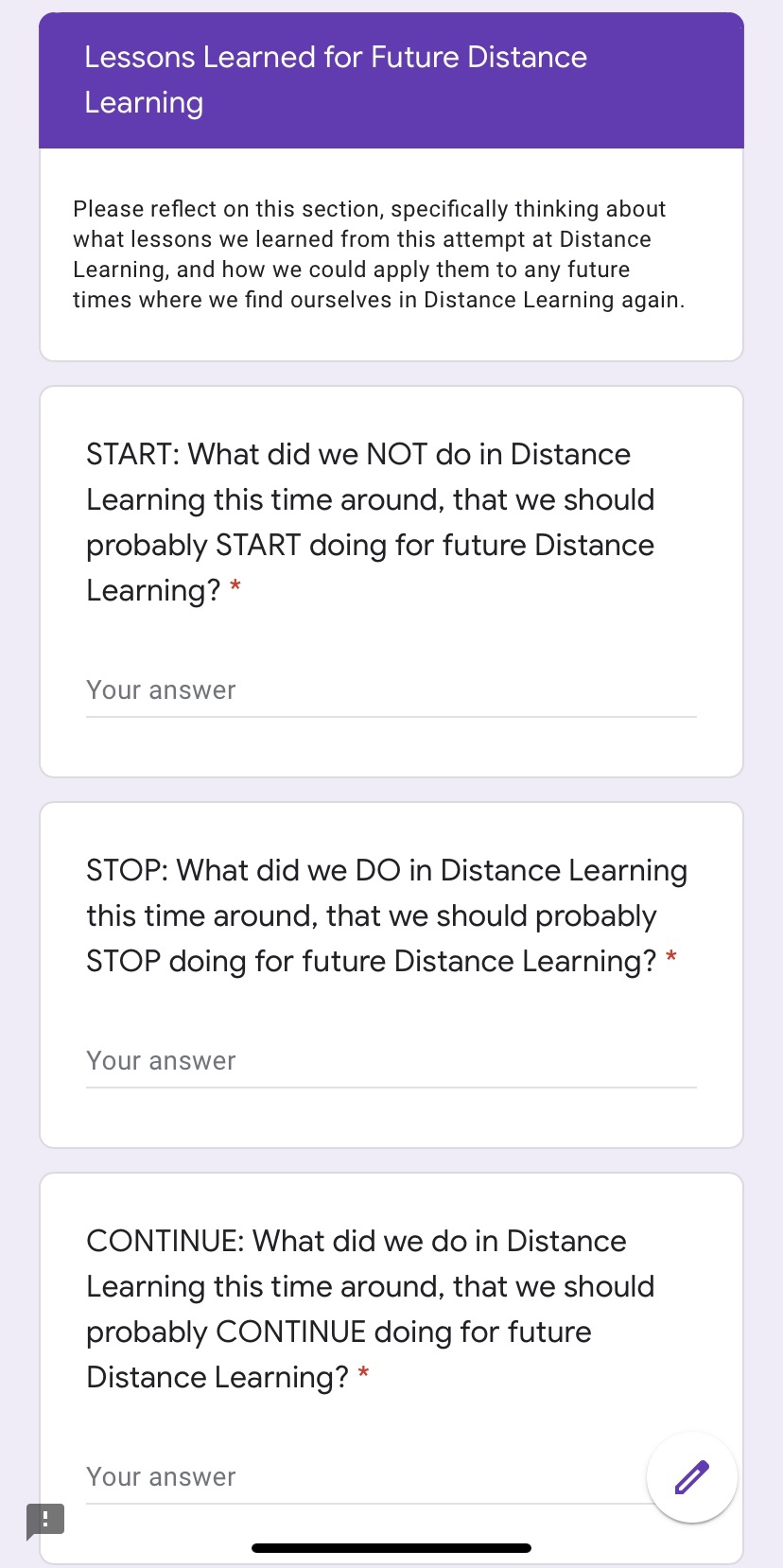Last week I was in a virtual PD session with educators from around the world and in one of the breakout rooms the conversation turned to student voice. Many of the educators were sharing some of the issues and challenges their school was experiencing shifting the educational paradigm to one in which adults see and value the power, purpose and place of student voice within a school context. Listening to where they were in their journey, had me reflect where we are in our journey. And I was really proud to think of all the amazing ways student voice is honored, respected, encouraged and invited at the school I currently work at.
I thought perhaps sharing some of our examples could help schools early on in their journey get some inspiration. And, perhaps other schools farther along in their journey could provide us some feedback to help us continue to grow and improve.
So here it is… some examples of where I can notice and name student voice having space and playing a role within and beyond the classroom.
INPUT INTO PLANNING
These past few years we have been on journey to find ways to invite learners in as co-designers and co-planners of the learning.
Teachers have made the curriculum transparent to students and invited their thoughts, opinions and preferences about which outcomes to explore in upcoming units.
Teachers have invited learners in on identifying Learner Profile Attributes and ATL skills within Units of Inquiry.
Teachers have invited learners in on selecting key concepts and planning lines of inqiury
Teachers have invited learners in on coming up with the central idea.
Teachers have invited learners in on finding resources for the unit and planning next steps.
Teachers have invited learners in on deciding how, when and where to share their learning and ‘take it public’.
Teachers have invited learners into the planning of Exhibition; including the pre-planning as well as the planning of the gala event
INPUT INTO ASSESSMENT
This co-designing and co-planning has also included an intentional focus on how to invite and involve learners into documenting, monitoring, measuring and reporting on their learning in order to build their assessment-capability.
Teachers have partnered with learners to co-construct rubrics and other assessment tools.
Teachers have partnered with learners to monitor their progress throughout a unit.
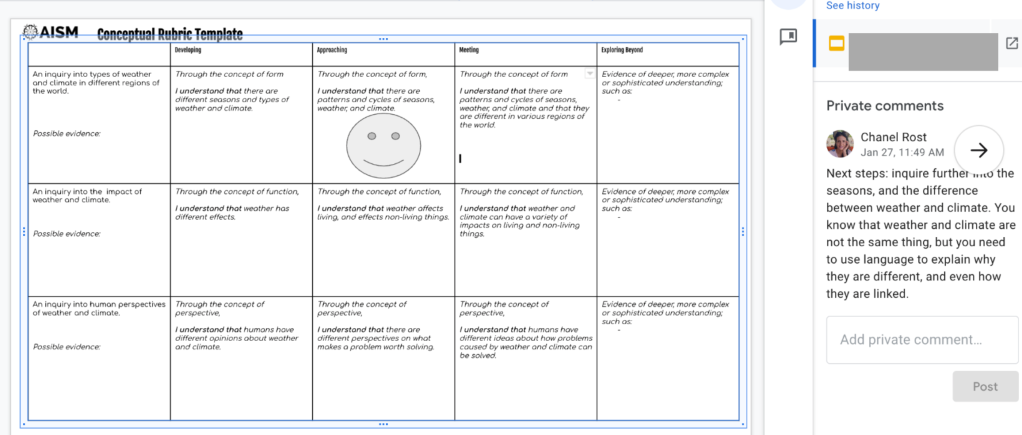
Teachers have partnered with learners to have input into measuring learning upon completion of a unit.
Teachers have partnered with learners to report on their learning.
REFLECTIONS
Co-designing and co-planning units also means that learners are invited in on the final reflections about the units.
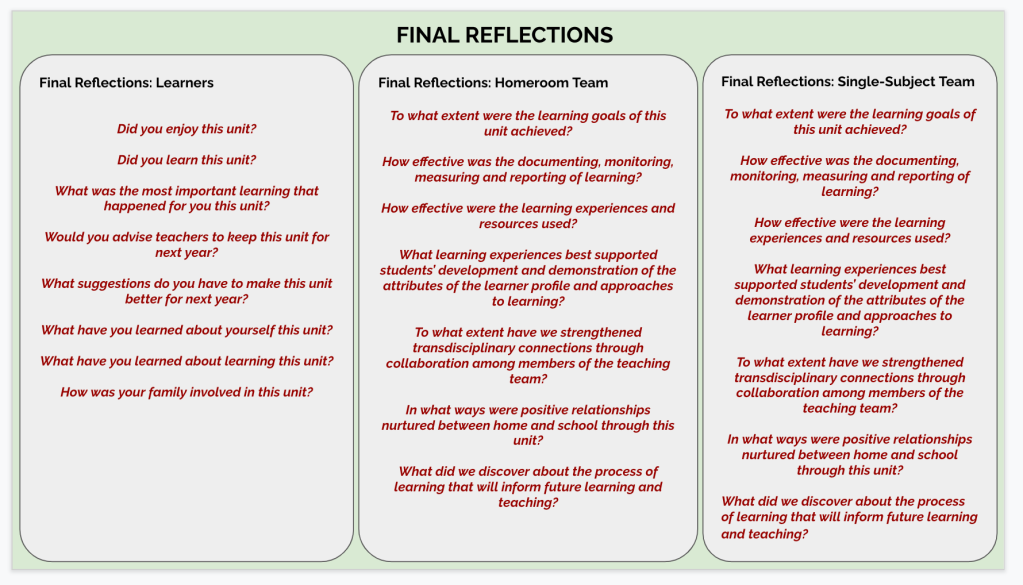
Teachers have noticed opportunities for reflections about initiatives or innovations, such as P.I.E.
FEEDBACK
Another important way we strive to respect and support student voice is by always looking ways for to collect and act upon their feedback.
As a school we have collected learners’ experiences, perspectives and suggestions on school wide-innovations like P.I.E.
This has included gathering data from learners…
Analyzing the data in macro and micro senses…
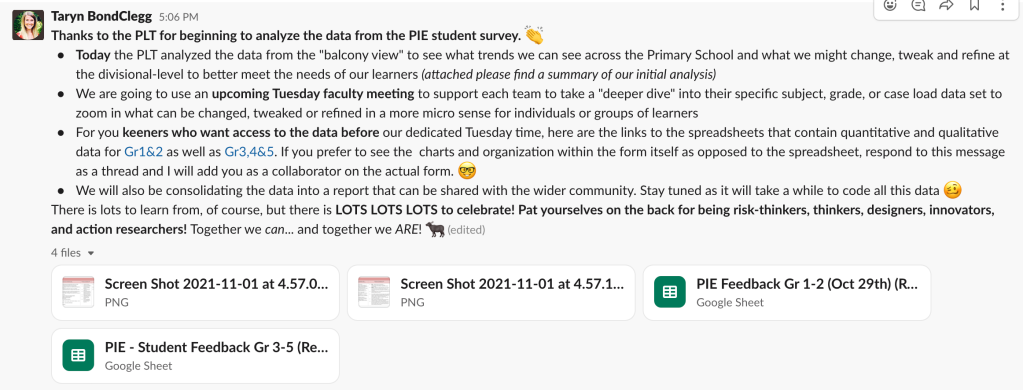
Sharing the findings with the community…
Currently, this also includes holding focus groups for learners who would like to sit down and talk about our PIE initiative. (Which has been AMAZING… blog post on this coming soon!)
Sample soundbite from the Grade 3 focus group:
This focus on feedback also extends to our school PYP Exhibition experience, where our Grade 5 teams collects data each week to understand how learners are feeling and what they need. This data allows the team to responsively plan next steps based on the data they collect.

EXPRESSION
Another important layer of creating space for student voice is to intentionally find avenues for student expression.
We are using RULER tools to help us make space for students to express their feelings.
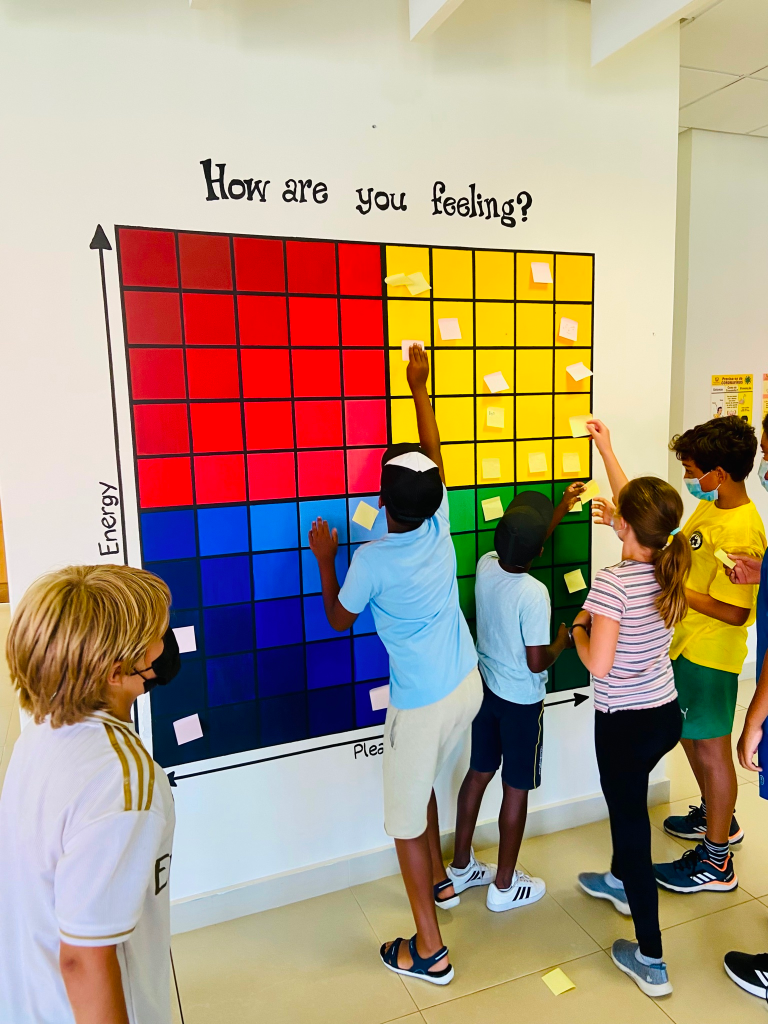
Opportunities within and beyond the classroom for students to express themselves via the arts.

And opportunities for students to express themselves via play.
STUDENT LEADERSHIP
Another way student voice has a place at our school is with our Primary Student leadership team. Each year representatives from each grade are elected by their peers, and these representatives form what we call our “Learner Voice Board”.
The Learner Voice Boards gets together each week to deal with student concerns that have been brought to them from their peers.
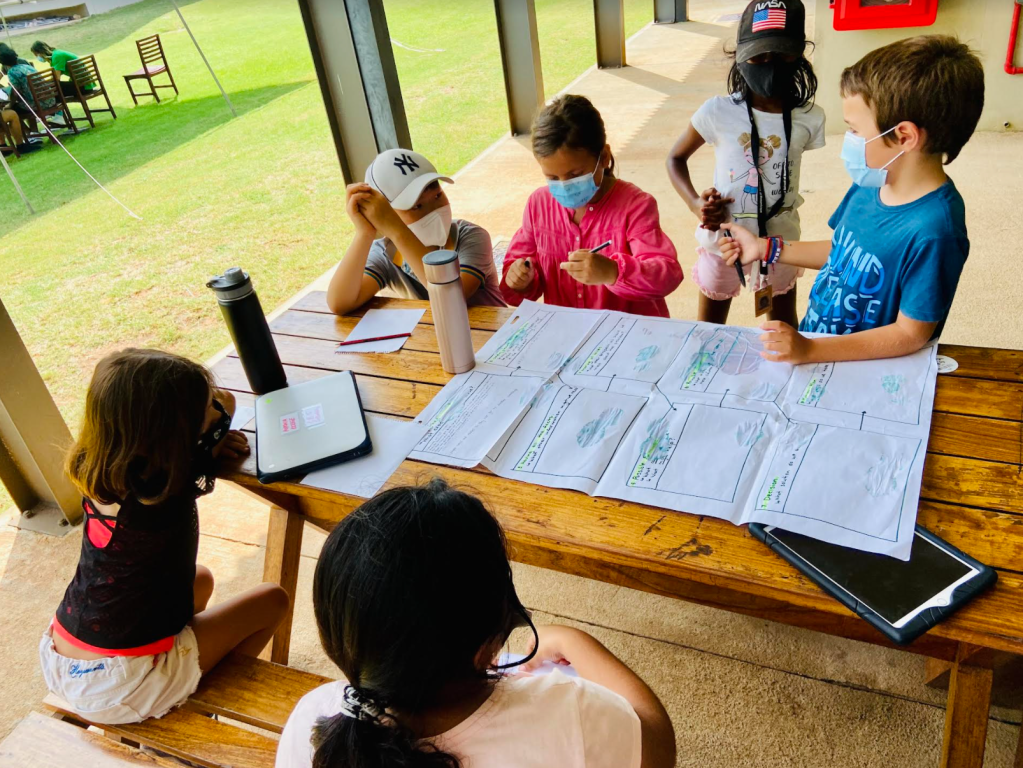
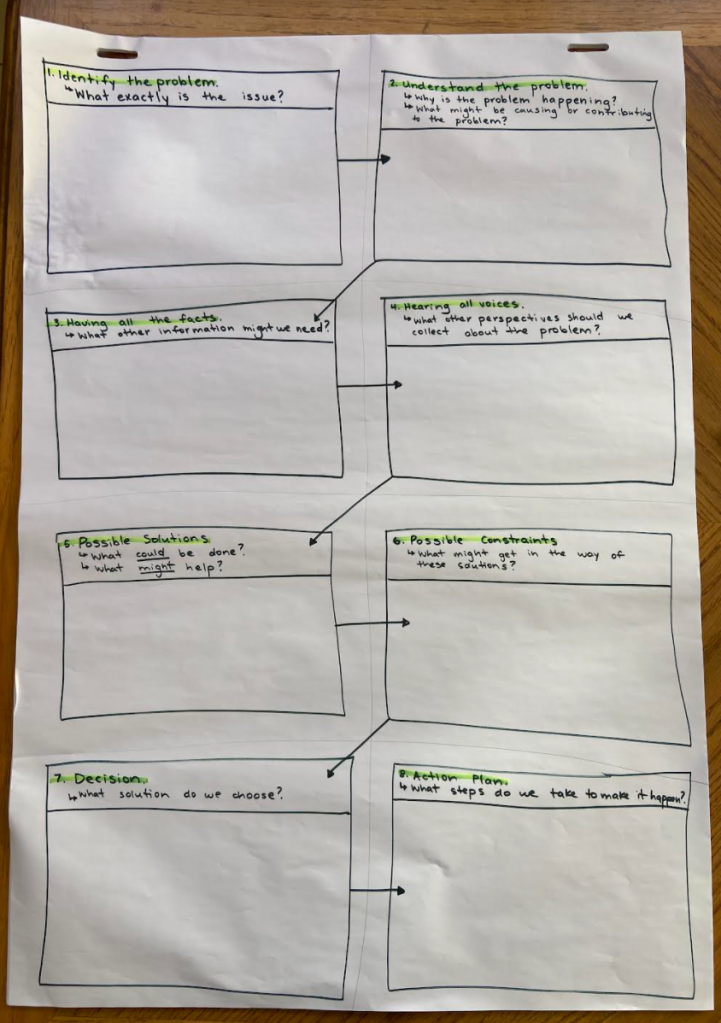
They also collaborate with other groups, such as the PTA (Parent Teacher Association) and the Secondary School Student Leaders to co-plan and organize school events.
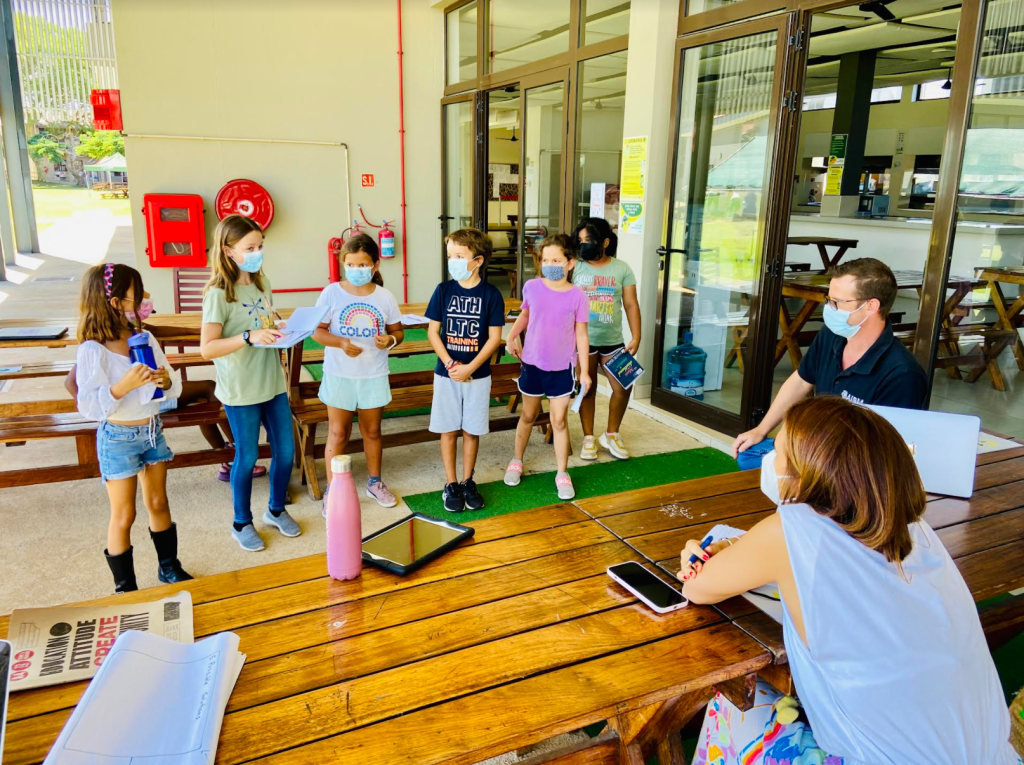
They are also given space to update the community on what they are working on. A great example of this is when our school director invited them to speak at the parent association meeting.


The Learner Voice Board will also play a big role in getting student feedback, and participating in decisions about next year planning; including the schedule, break times and structures, logistics of eating and planning, and refinement of PIE structures.
We are also very proud that our Learner Voice Board has been able to inspire and support other schools and students wanting to create more opportunities for student voice at their school.
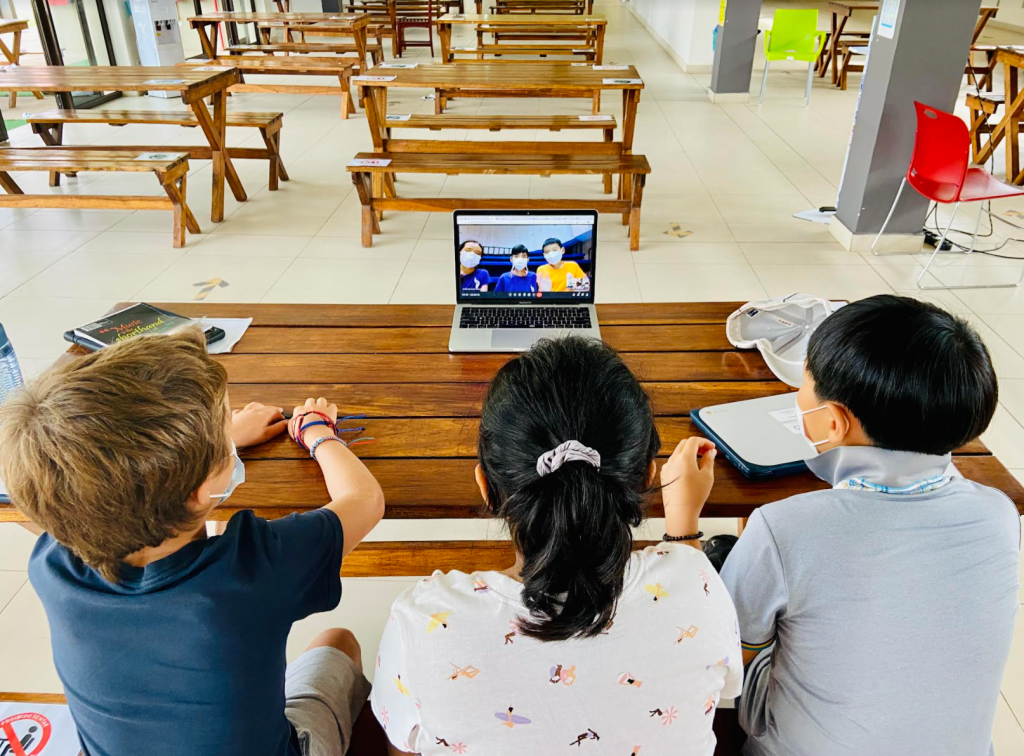
INVITATIONS AND OPPORTUNITIES
These habits and practices of seeing and treating children as partners in decision making and problem solving extend beyond certain grade-levels and the Primary division, and are seeped into the culture of our school. Which means that opportunities are created and communicated to learners about how they can get involved in things that the adults are currently tackling.
A great example of this is the Sustainability Committee at our school, which has reached out for student representation to participate in the committee. And has invited them into the current problem them are tackling of setting up a school-wide recycling program.
Another example would be inviting learners to solve problems as they arise. One example of that is getting learners to help us solve the logistical puzzle of sharing play spaces this year.
STUDENT-INITIATED ACTION
One of the amazing bi-products of being at a school that intentionally tries to cultivate and grow students’ voices, is that we start to see more and more student-initiated action because learners come to understand that their voice, their ideas and their perspectives matter and have a place at school.
An example of this is six Grade 3 students coming to me to request a meeting to go through their business proposal for cactus-related products and their needs for space and supervision to have their business meetings, product production and storage.
Another example would be when a group of Grade 2 learners approached our school principal to sit down and talk about what could be done at school to support those impacted by the war in Europe.
Another example would be the group of learners who initiated and pitches a grade wide book club.
I am proud to be a PYP Coordinator who works at a school where student voice is respected and supported. Like all PYP schools, we are on a journey and we know we still of lots of room to grow and improve in this area. However, I also feel we have lots to celebrate and share in this area!
How do you invite and involve student voice into planning, decision-making and problem solving at your school?
What feedback do you have for us about how we are trying to invite and involve student voice at our school?

